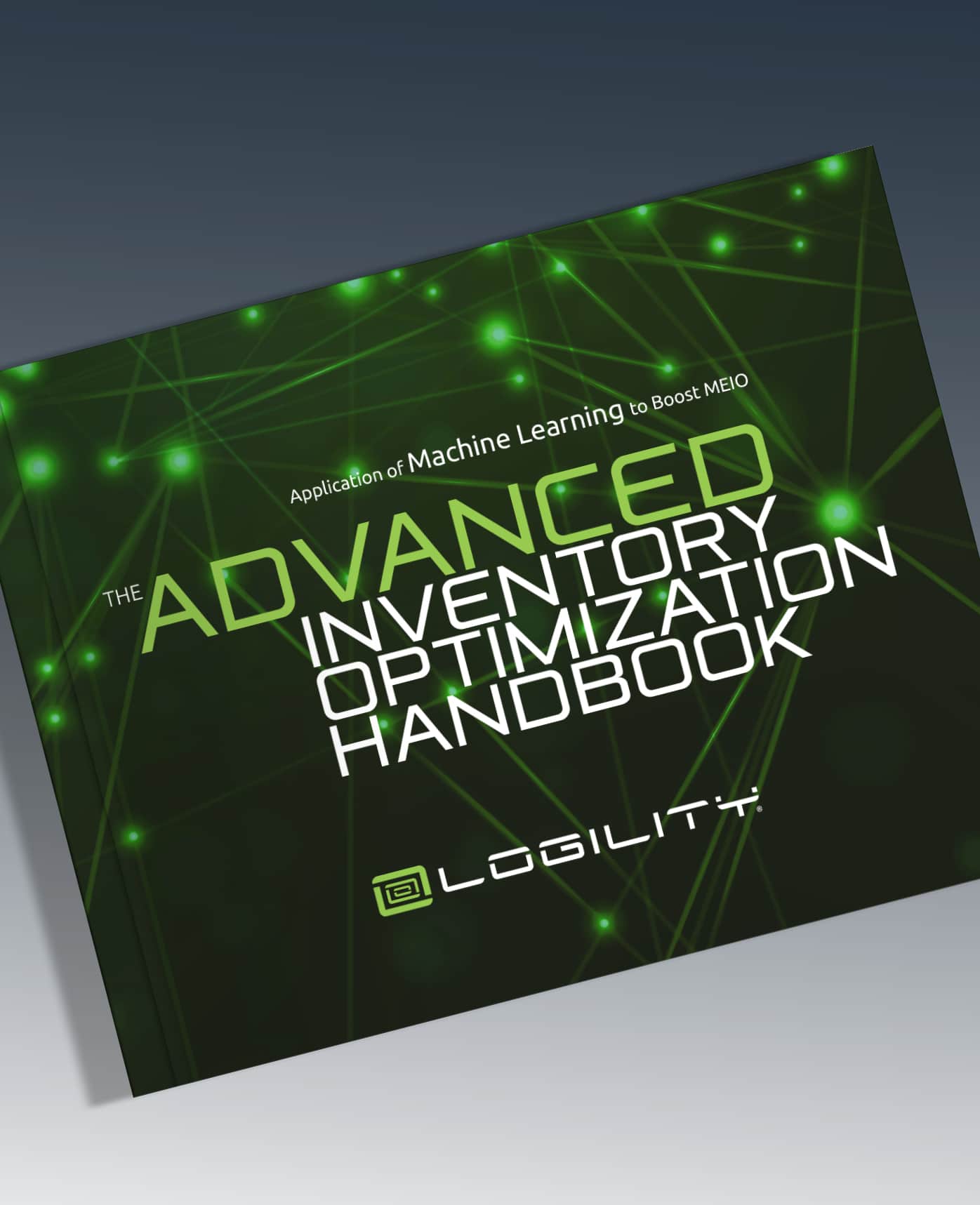eBook
The Advanced Inventory Optimization Handbook
Complete form to download eBook
This site is protected by reCAPTCHA. Google Privacy Policy and Terms of Service apply.
Today’s supply chains move at a ferocious pace fueled by multiple data streams from both internal and external enterprise systems, social networks, syndicated streams, Internet of Things (IoT) and more. Advances in machine learning help transform this data to better predict customer needs, identify trends and deliver a more synchronized supply chain from product concept to customer availability.
This eBook will help leaders understand the benefits of Inventory Optimization (IO) and Multi-echelon Inventory Optimization like:
- Boosted customer service and automated optimized stock in multiple locations
- Visualize where & how much stock to hold using multiple data sources
- Dashboards with event driven notifications to improve usability, user adoption, & efficiency
This Advanced Inventory Optimization Handbook more deeply explains the importance of IO and MEIO strategies to help minimize costs and reduce risk while meeting customer service requirements and provides examples of how to build these capabilities at your company, including a handy checklist if your organization already has an inventory optimization initiative underway.

MORE ABOUT THIS EBOOK:
- WHO SHOULD READ THIS EBOOK?
Business leaders in supply chain, operations, and inventory and supply chain managers. Learn how to optimize your inventory, minimize costs, and reduce risk with this comprehensive guide to inventory optimization.
- WHAT CONCEPTS ARE COVERED IN THIS EBOOK?
This eBook covers practical guidance on the benefits of multi-echelon inventory optimization that enables leaders to optimize stock locations and quantities across a supply chain network for maximum efficiency.
- WHY THIS EBOOK IS A MUST READ FOR SUPPLY CHAIN ORGANIZATIONS
This eBook covers an intricate overview of IO and MEIO and explains why the two concepts are essential to minimize costs and risks and meet customer service requirements. By harnessing the insights of multiple data streams and using sophisticated machine learning algorithms, IO and MEIO can enable leaders to make faster and more confident decisions about where and how much stock to hold.